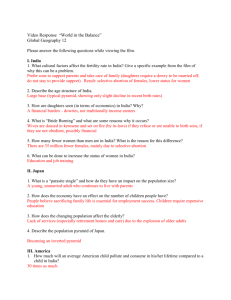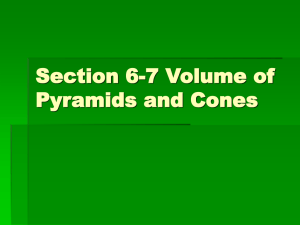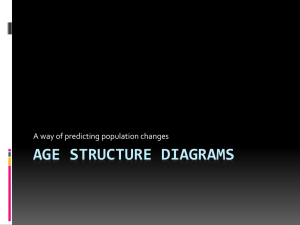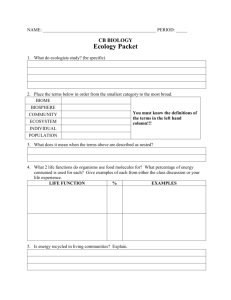Problem Set #1
advertisement
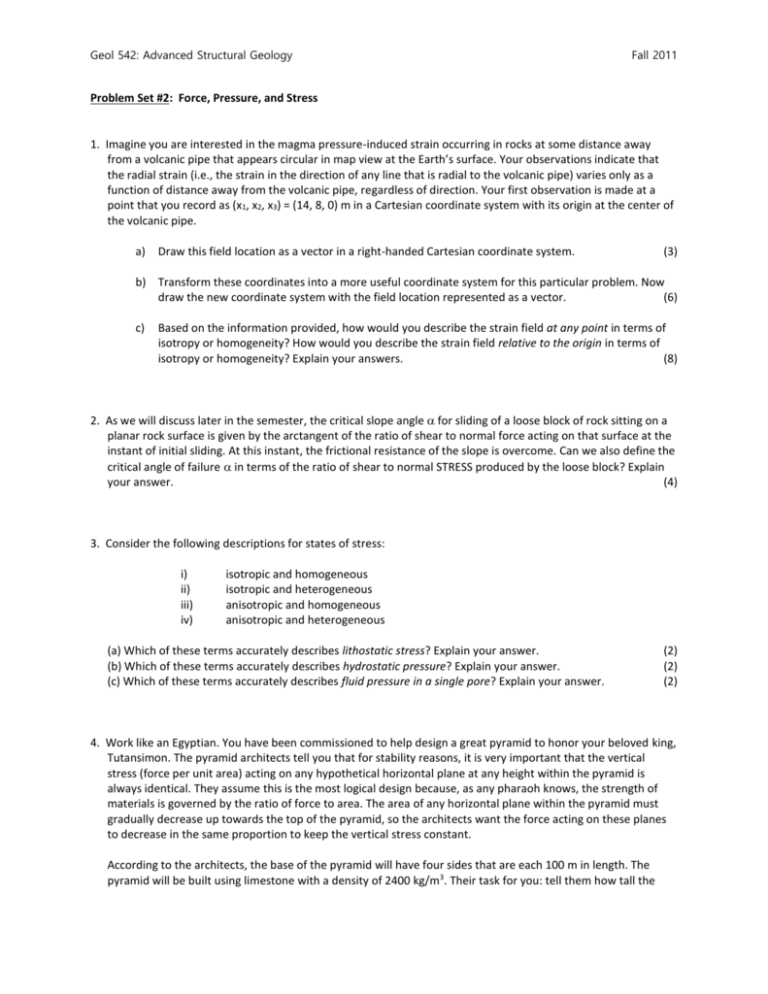
Geol 542: Advanced Structural Geology Fall 2011 Problem Set #2: Force, Pressure, and Stress 1. Imagine you are interested in the magma pressure-induced strain occurring in rocks at some distance away from a volcanic pipe that appears circular in map view at the Earth’s surface. Your observations indicate that the radial strain (i.e., the strain in the direction of any line that is radial to the volcanic pipe) varies only as a function of distance away from the volcanic pipe, regardless of direction. Your first observation is made at a point that you record as (x1, x2, x3) = (14, 8, 0) m in a Cartesian coordinate system with its origin at the center of the volcanic pipe. a) Draw this field location as a vector in a right-handed Cartesian coordinate system. (3) b) Transform these coordinates into a more useful coordinate system for this particular problem. Now draw the new coordinate system with the field location represented as a vector. (6) c) Based on the information provided, how would you describe the strain field at any point in terms of isotropy or homogeneity? How would you describe the strain field relative to the origin in terms of isotropy or homogeneity? Explain your answers. (8) 2. As we will discuss later in the semester, the critical slope angle for sliding of a loose block of rock sitting on a planar rock surface is given by the arctangent of the ratio of shear to normal force acting on that surface at the instant of initial sliding. At this instant, the frictional resistance of the slope is overcome. Can we also define the critical angle of failure in terms of the ratio of shear to normal STRESS produced by the loose block? Explain your answer. (4) 3. Consider the following descriptions for states of stress: i) ii) iii) iv) isotropic and homogeneous isotropic and heterogeneous anisotropic and homogeneous anisotropic and heterogeneous (a) Which of these terms accurately describes lithostatic stress? Explain your answer. (b) Which of these terms accurately describes hydrostatic pressure? Explain your answer. (c) Which of these terms accurately describes fluid pressure in a single pore? Explain your answer. (2) (2) (2) 4. Work like an Egyptian. You have been commissioned to help design a great pyramid to honor your beloved king, Tutansimon. The pyramid architects tell you that for stability reasons, it is very important that the vertical stress (force per unit area) acting on any hypothetical horizontal plane at any height within the pyramid is always identical. They assume this is the most logical design because, as any pharaoh knows, the strength of materials is governed by the ratio of force to area. The area of any horizontal plane within the pyramid must gradually decrease up towards the top of the pyramid, so the architects want the force acting on these planes to decrease in the same proportion to keep the vertical stress constant. According to the architects, the base of the pyramid will have four sides that are each 100 m in length. The pyramid will be built using limestone with a density of 2400 kg/m3. Their task for you: tell them how tall the Geol 542: Advanced Structural Geology Fall 2011 pyramid must be to meet their needs otherwise they will chop off your head and feed your brains to bats. My questions to you: a) Is it possible for you survive this employment opportunity with your brains intact? Explain! (10) Hints: (1) Draw a figure. (2) Come up with a general expression for stress as a function of height. (3) The volume of a pyramid = 1/3 x length of base x width of base x height). b) The limestone has a compressive strength of 100 MPa. How high would the pyramid need to be in order for the structure to start collapsing under its own weight? Given this result, should we be concerned about any of the pyramids in Egypt suffering this fate? (Hint: keep track of your units during the calculation). (8) c) Do you think pyramids are cool for reasons you didn’t previously consider?! [45]

